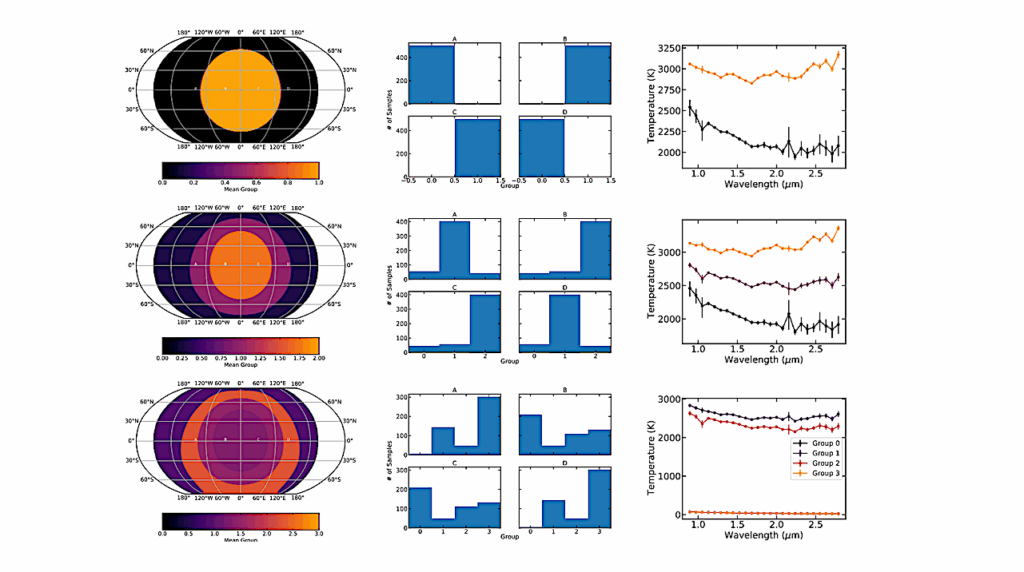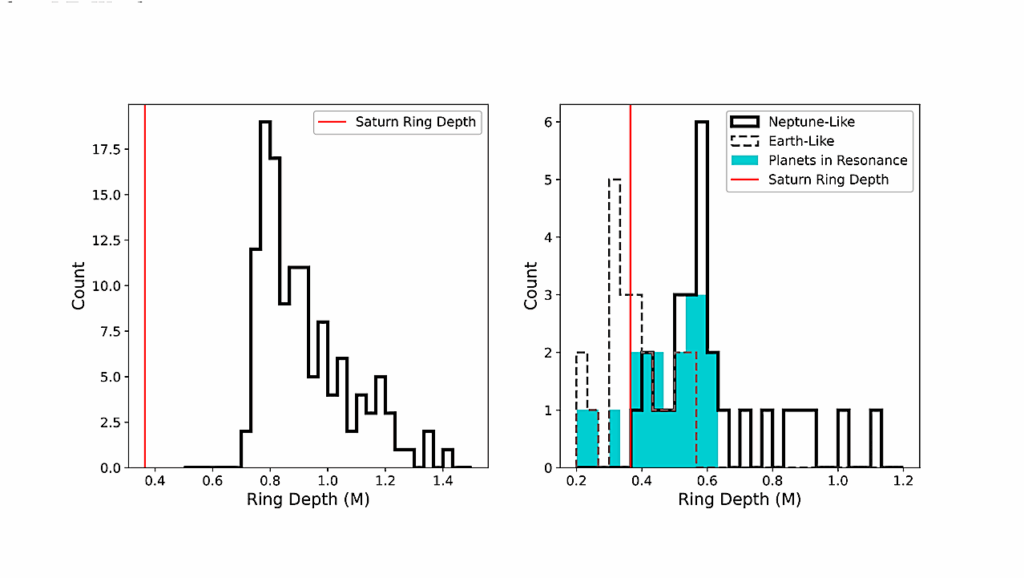Enhanced Constraints on the Interior Composition and Structure of Terrestrial Exoplanets

Exoplanet interior modelling usually makes the assumption that the elemental abundances of a planet are identical to those of its host star. Host stellar abundances are good proxies of planetary abundances, but only for refractory elements.
This is particularly true for terrestrial planets, as evidenced by the relative differences in bulk chemical composition between the Sun and the Earth and other inner solar system bodies. The elemental abundances of a planet host star must therefore be devolatilised in order to correctly represent the bulk chemical composition of its terrestrial planets. Furthermore, nickel and light elements make an important contribution alongside iron to the core of terrestrial planets.
We therefore adopt an extended chemical network of the core, constrained by an Fe/Ni ratio of 18 ± 4 (by number). By applying these constraints to the Sun, our modelling reproduces the composition of the mantle and core, as well as the core mass fraction of the Earth. We also apply our modelling to four exoplanet host stars with precisely measured elemental abundances: Kepler-10, Kepler-20, Kepler-21 and Kepler-100. If these stars would also host terrestrial planets in their habitable zone, we find that such planets orbiting Kepler-21 would be the most Earth-like, while those orbiting Kepler-10 would be the least.
To assess the similarity of a rocky exoplanet to the Earth in terms of interior composition and structure, high-precision host stellar abundances are critical. Our modelling implies that abundance uncertainties should be better than ∼ 0.04 dex for such an assessment to be made.
Haiyang S. Wang, Fan Liu, Trevor R. Ireland, Ramon Brasser, David Yong, Charles H. Lineweaver
(Submitted on 10 Oct 2018)
Comments: 14 pages, 6 figures, 4 tables; accepted for publication in MNRAS
Subjects: Earth and Planetary Astrophysics (astro-ph.EP)
Cite as: arXiv:1810.04615 [astro-ph.EP] (or arXiv:1810.04615v1 [astro-ph.EP] for this version)
Submission history
From: Haiyang Wang
[v1] Wed, 10 Oct 2018 16:19:55 GMT (1583kb,D)
https://arxiv.org/abs/1810.04615
Astrobiology








